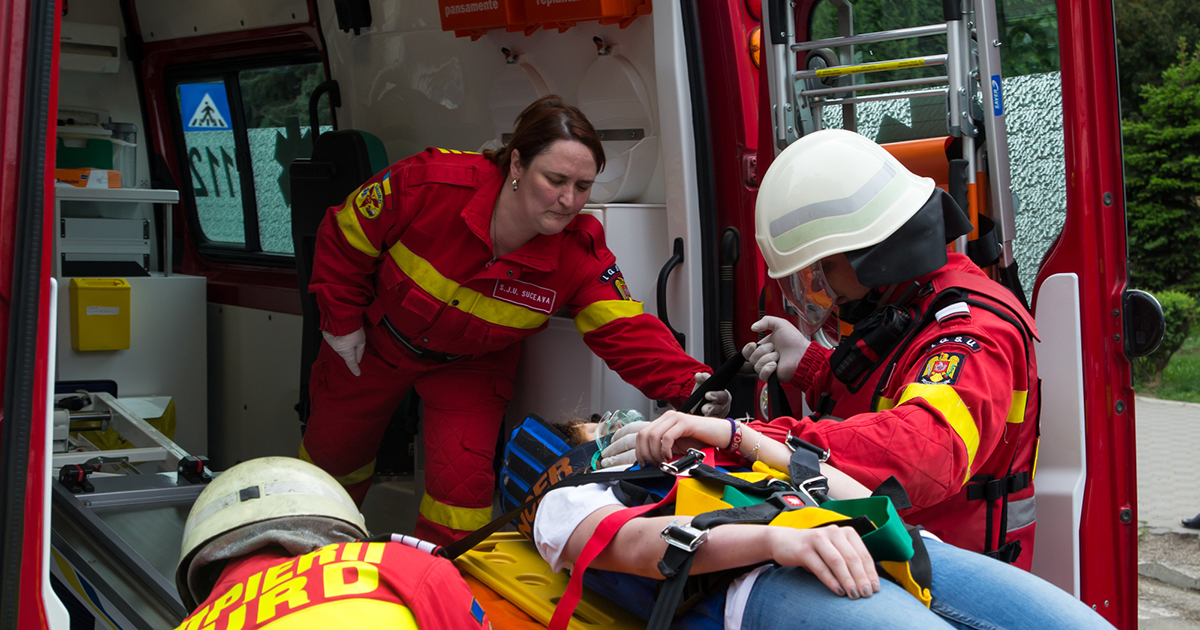Symptoms Of Meningococcemia
Shock

Shock generally occurs in the late stages of this infection. Patients experiencing this symptom may have nausea, vomiting, clammy skin, a rapid heart rate, a fast rate of breathing, and enlarged pupils. Their skin may also be very pale, and some patients be agitated and confused. Patients will be given oxygen to help ease their breathing, and drugs such as fludrocortisone and midodrine can be given if a patient's blood pressure drops too low. Even in the absence of other symptoms, shock is considered a medical emergency. If family members or friends notice the patient is showing signs of this symptom, an ambulance should be called, and it is important to try to keep the patient as calm as possible. Tight clothing should be loosened, and a blanket should be placed over the patient to provide warmth. Importantly, the patient should not be moved until the ambulance arrives.
Discover additional symptoms of meningococcemia now.